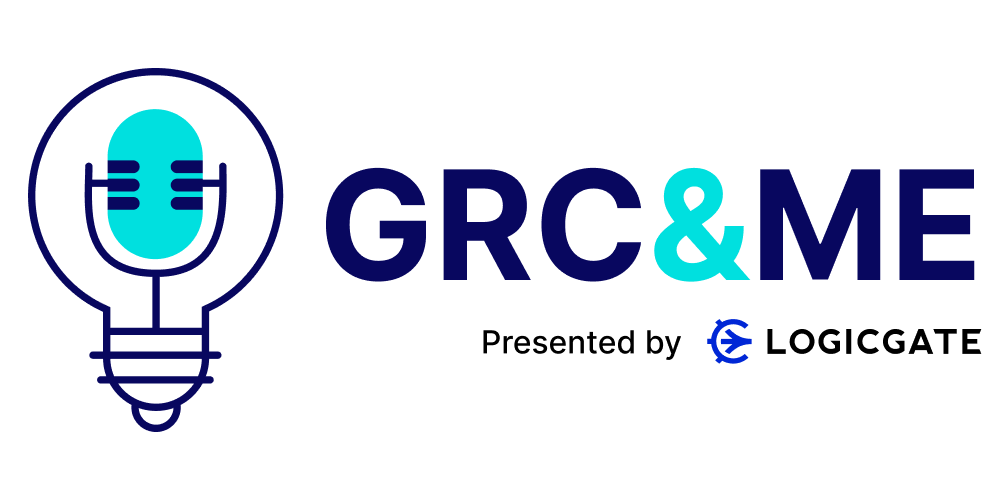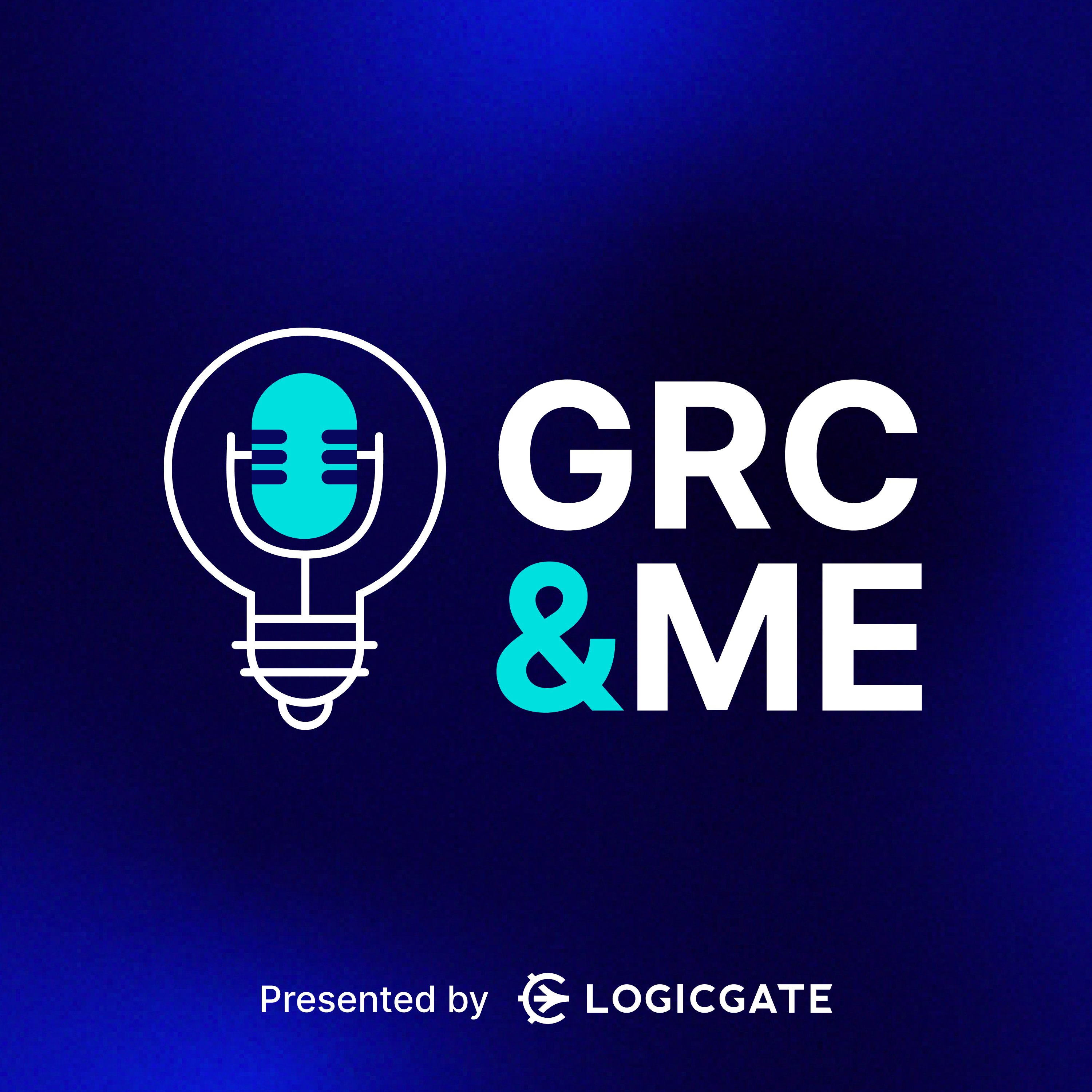A Conversation on Risk Language
- 0.5
- 1
- 1.25
- 1.5
- 1.75
- 2
DESCRIPTION
Asureti co-founder and Practice Director, Melissa Ryan, has been fascinated with language for as long as she can remember — and she has the spelling bee record to prove it.
Since she’s worked with people across business operations, the multi-faceted data protection expert has seen firsthand how a common language can bridge gaps between departments, allowing for truly valuable and meaningful conversations.
That technical jargon flying across your teams? It actually pulls your organization further apart.
Melissa uses a risk rating matrix, for example, to better facilitate communications with clients. These tools — or points of reference like taxonomies — contribute immeasurable value when they are defined through a shared language and then used across the business.
“We find that leaders who are leveraging these common definitions, these standard rating, and translation tools, and incorporating them into a GRC technology are truly finding enhanced value,” explains Melissa.
Here’s the key: Make sure the underlying structure, calculations, and design of the common language of your tools and technology are consistent.
Ready to learn how to connect the dots between the teams in your risk organization?
Guest-at-a-Glance
Melissa Ryan
📈 What she does: As Asureti’s Practice Director, she leads the managed assurance service line providing compliance, risk, privacy, and security services.
💬 Company: Asureti
💭Key quote: “As we [work] with our business partners and stakeholders, it's so important that we make sure we're finding those common language points so they truly understand the value we're bringing and the impact of the components we're trying to bring to that conversation.”
📱 Where to find her: LinkedIn
GRC Highlights
💻 When Melissa ponders how we select words as well as how we use them in our interactions and communications, she says she realizes how important they are in “sharing the information that we're trying to get across or how we're attempting to persuade someone to action.” How might that apply across GRC teams?
💻 Find a common language; only then can you have valuable and meaningful conversations. Melissa has worked with people across different GRC business operations, so she knows that different teams have their own language, acronyms and perspective — but that doesn’t bode well for organizational or industry-wide unity.
💻 How do we connect to people in the conversation? How do we bring collaborative teams together? To connect these dots, Melissa focuses on translation: “It's simply being able to explain a core technology concept and functional terms, or to translate an operational process of a business into the control points that need to be tested, monitored and assessed.”
💻 To enable communications with her clients, Melissa uses a risk rating matrix. The benefit of language here? When you start to put common business language to further define those rating scales, “you help increase the value through the use of that language.”
💻Leaders, be creative as you think about how to leverage technology and language frameworks to apply them effectively and thoughtfully across different areas of business operations — yup, even in the GRC space! Melissa says to make sure there’s a consistent underlying structure, calculations and design.


